The 5K is a great distance to start with, but how should you go about starting?
In this blog post we will go over 5 tips to help get you going!
1. Ease into it
Whether you are new to running or it has been a while since you last laced up your runners, easing yourself into running is one of the most important elements in injury prevention. There are many apps or exercise programs out there to help you with this, but the main idea is to avoid injury by giving your body time to adjust to your new hobby.
How to Ease into it?
- Find a distance that feels comfortable for you (a mile is a good place to start!)
- Alternate running 1 minute with walking 1 minute until you’ve reached 1 mile.
- As you start to feel more comfortable reaching that mile, try increasing your periods of running, and slowly adding on distance week by week.
2. Don’t forget to stretch
I often tell clients that as long as we are exercising and asking our muscles to work for us, we will need to stretch afterwards.
Without stretching,
- muscles can become tense,
- flexibility can decrease, and
- risk of injury can increase.
Stretching (along with slow increases in distance and time like we discussed above) helps to avoid overuse injuries like the dreaded shin splints!
Running uses a lot of the muscles in our lower extremity like our quadriceps, hip flexors and hamstrings, but also engages muscles in our low back and core. So whole body stretching routines can be beneficial for runners.
KEY! Stretches should only be held at a point of a mild discomfort or tightness, and they should never be painful. Here are some of my favorite stretches for after a run!
Quadriceps stretch:
- Stand on one leg and use your hand to lift the heel of your other leg towards your buttock. You should feel this stretch in the front of your thigh.
- Sit on the floor with one leg straight out and the other bent. Lean forward over your straightened leg to feel a stretch in the back of your thigh.
- Sit on a chair and bring your heel onto your opposite knee, lean forward to increase the stretch. You should feel this stretch in the back of your leg and buttock.
- Place the toes of one foot on a wall while keeping your heel on the floor and lean forward. You should feel the stretch in your calf.
Kneel into a lunge position while gently pushing your hips forward. You should feel this stretch in the front of your hip.
- Start in a seated position with your legs wide apart. Bend forward and reach your elbow to your knee while you rotate your trunk to the opposite side. You should feel a stretch in your side.
- Lie on your back and cross one leg over the other. Use your top leg to pull your other leg down and to the side. You should feel a stretch in the side of the bottom leg.
Stand next to a wall, with the foot to be stretched behind you and the top of your toes on the floor. Push the top of your foot down against the ground. You should feel a stretch in the top of your foot and ankle.
3. Consider adding strength exercises to your game plan
Strength training is an important part of a running program because it helps correct muscle imbalances and ensure our muscles are going to be up to the task we are asking them to do.
- Leg strength will help propel you forward,
- core strength will help stabilize your body during movement and
- arm strength will help drive you forward during your arm swing.
Increasing whole body strength will help you run more efficiently and help you avoid injury.
Try adding strength training into your plan 2-3 times per week on the days that you do not run.
4. Give yourself a break!
An important part of any new exercise program is learning to recognize when your body needs a break. Whether it is during a run itself, or taking a day off from running during the week- if your body needs a break, do not be afraid to take one!
You will likely lose more progress by choosing to run even if you aren’t feeling up to it, rather than simply taking a day off or taking a walking break when you actually need it.
Most running plans include a rest day, but a common mistake that people make is thinking they need to exercise in some other way on their rest day.
Enjoy your rest day and let your body recover so that you can be prepared to tackle your next run without lingering pain or soreness.
On a similar note, don’t feel bad if you feel that you need to take a walk break during your run. Walk breaks often allow people to continue to run longer distances rather than needing to stop altogether. They allow your body and mind to rest for a moment before continuing your run.
Ultimately, you are out making the effort to run, and that is what you should be proud of regardless of whether you need a walk break or not!
5. Find ways to enjoy your runs
There are some pros and cons to having distractions while you run.
Some runners prefer to have no distractions or music so they can listen to their bodies and be present in the moment while they run.
Others prefer to listen to music or have a buddy to help the time pass by.
Ultimately, the best and most effective exercise is the exercise you will enjoy and continue!
If music, a podcast or even a running buddy will help you break up a monotonous run and help you enjoy your runs, you are more likely to stick to your running plan. As long as your music or podcast is quiet enough to allow you to hear traffic or your surroundings, it could be a great tool to help you keep your pace and pass the time.
Having a running buddy also allows you to gauge your effort since a good pace is a pace at which you can hold a conversation while you are jogging.
Running can be as much of a mental workout as a physical workout, so if distractions help you push yourself and allow you to enjoy your run, they are absolutely worth it!
In Conclusion...
Deciding to run a race is exciting, but can be overwhelming if you aren’t sure of where to start.
These 5 tips can help you get started on your running plan while helping you avoid some of the common mistakes people make when they first start training.
If you have any questions about any of these tips, or if you have started running and have encountered a problem in your training, feel free to reach out to the office to get help from one of our physiotherapists!

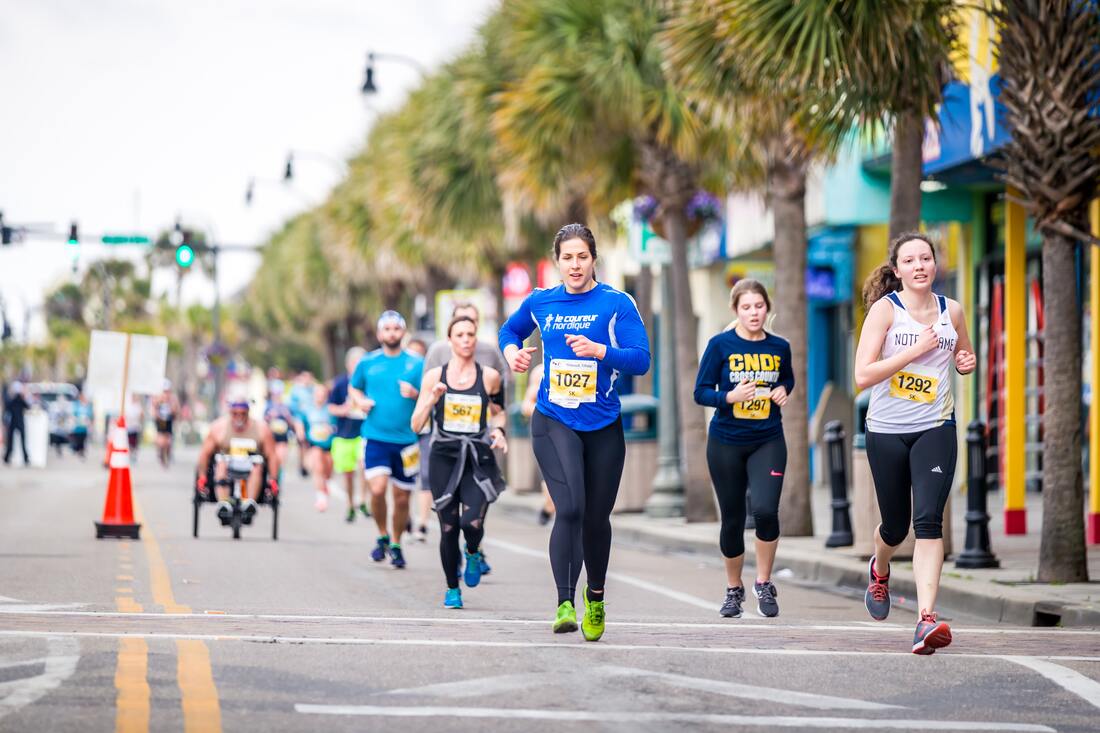
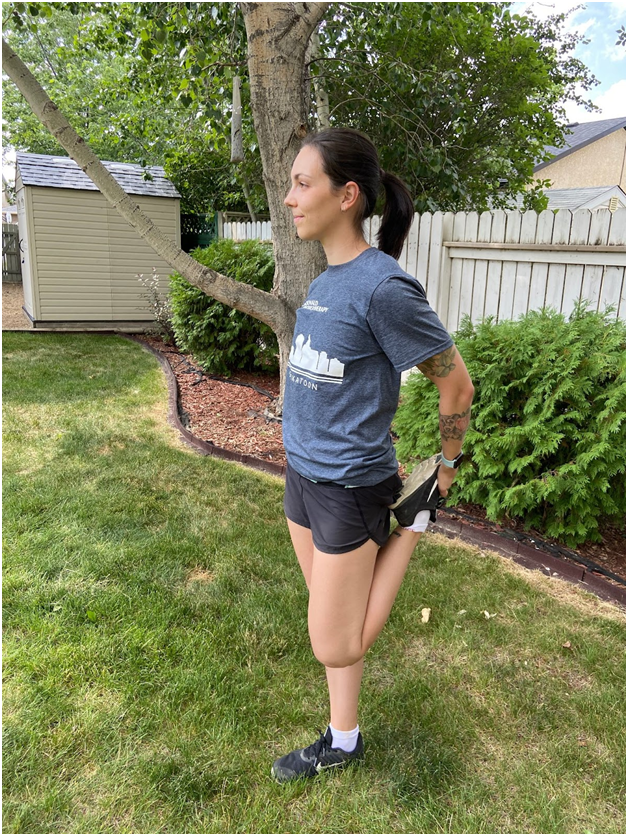
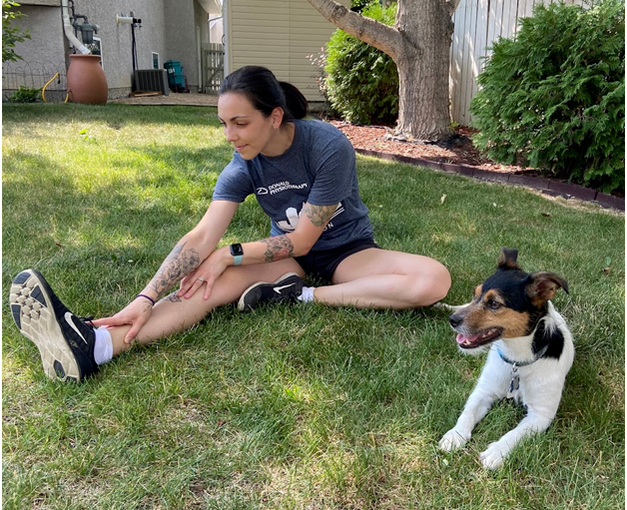
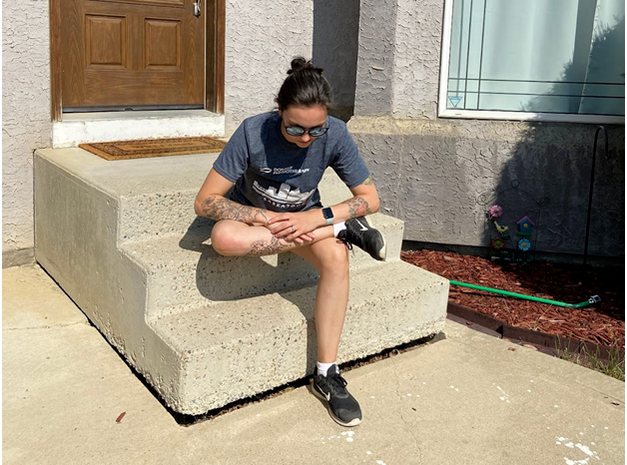
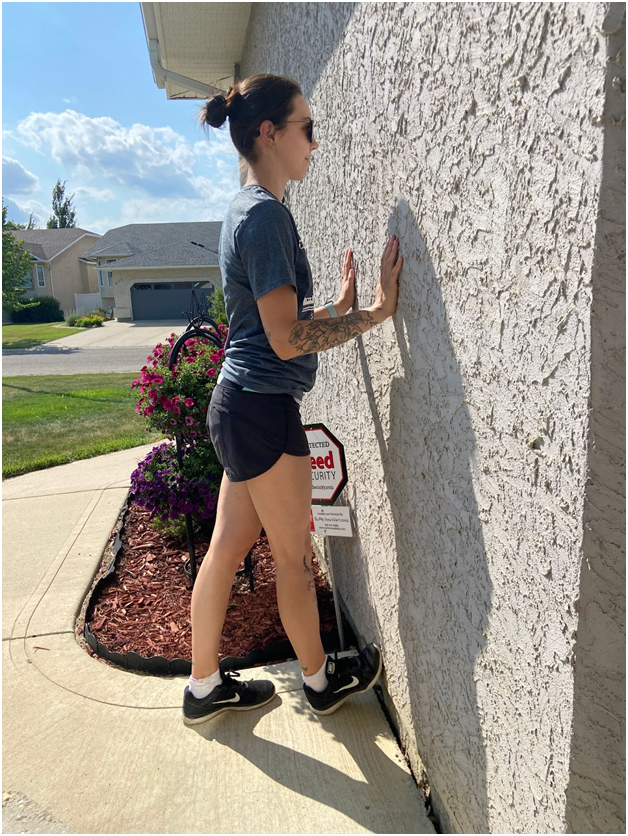
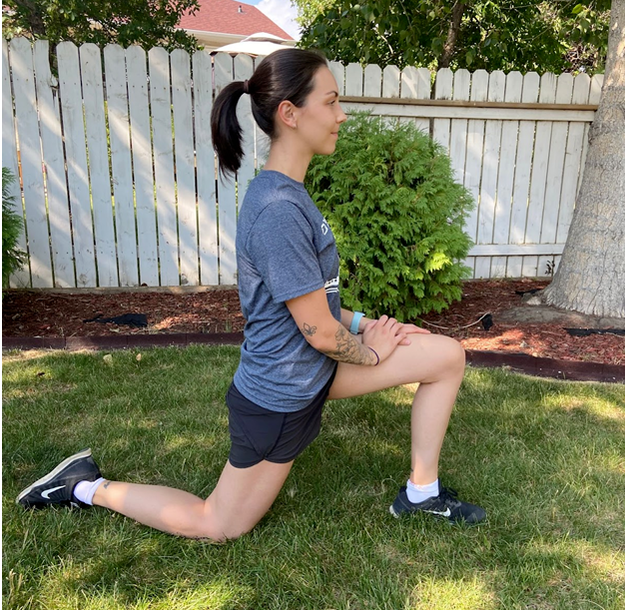
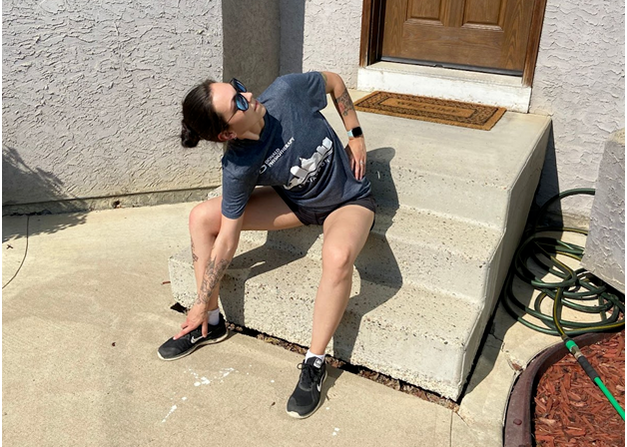
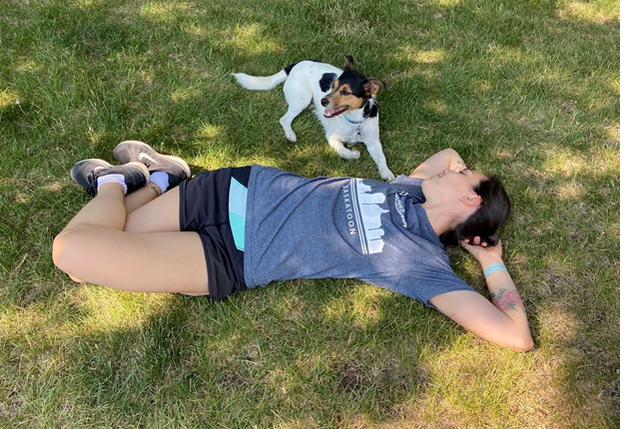
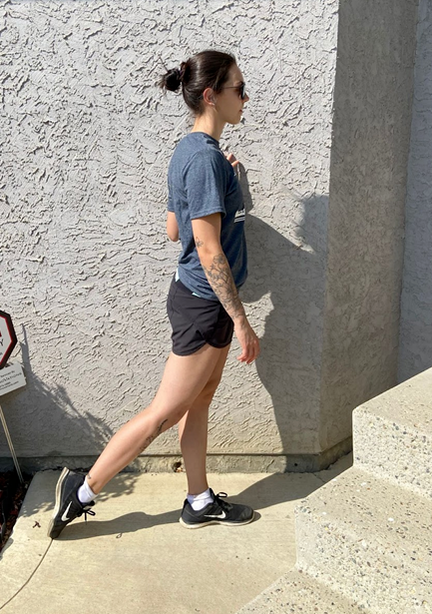






 RSS Feed
RSS Feed